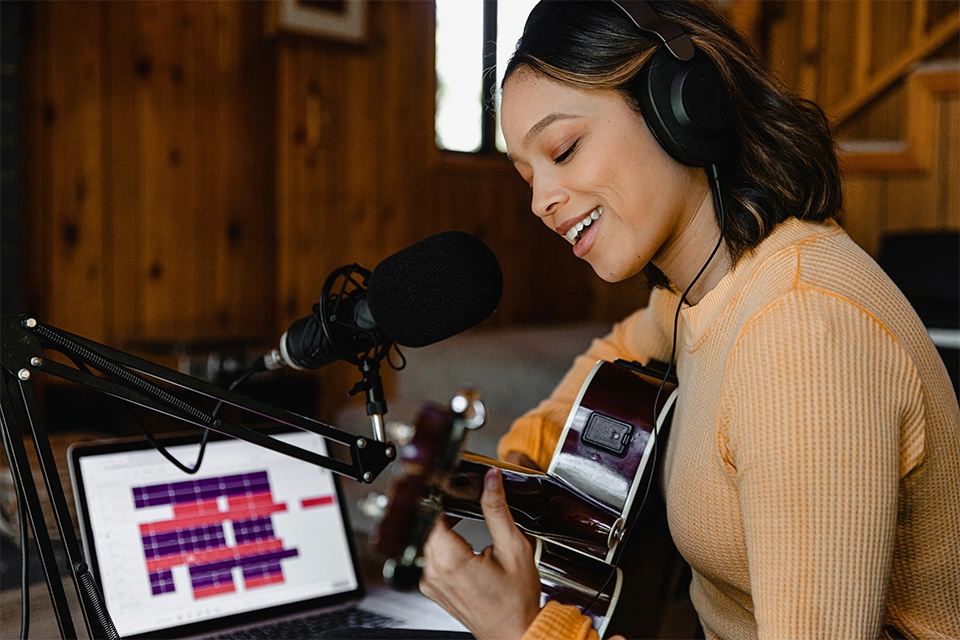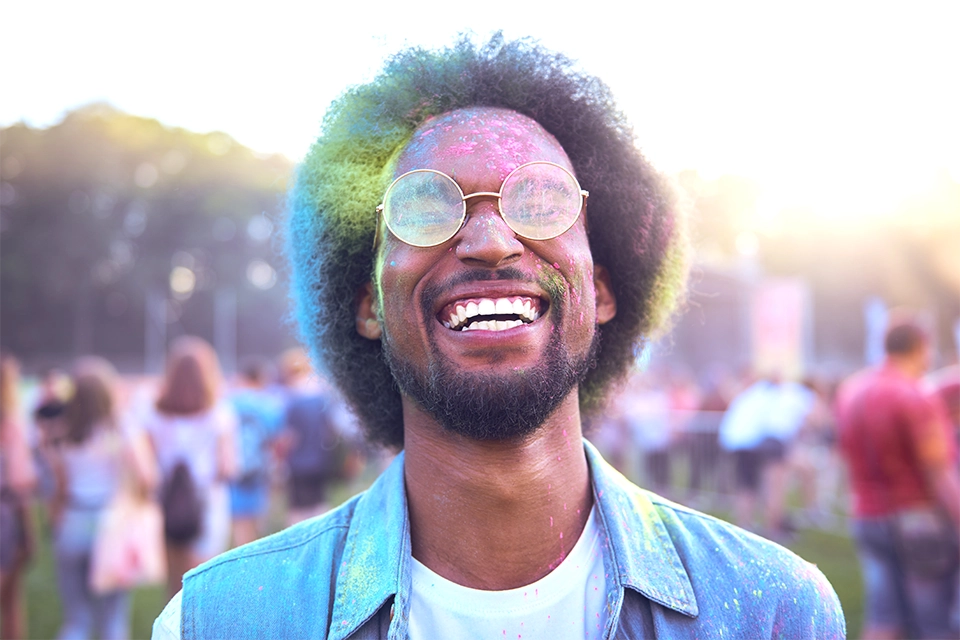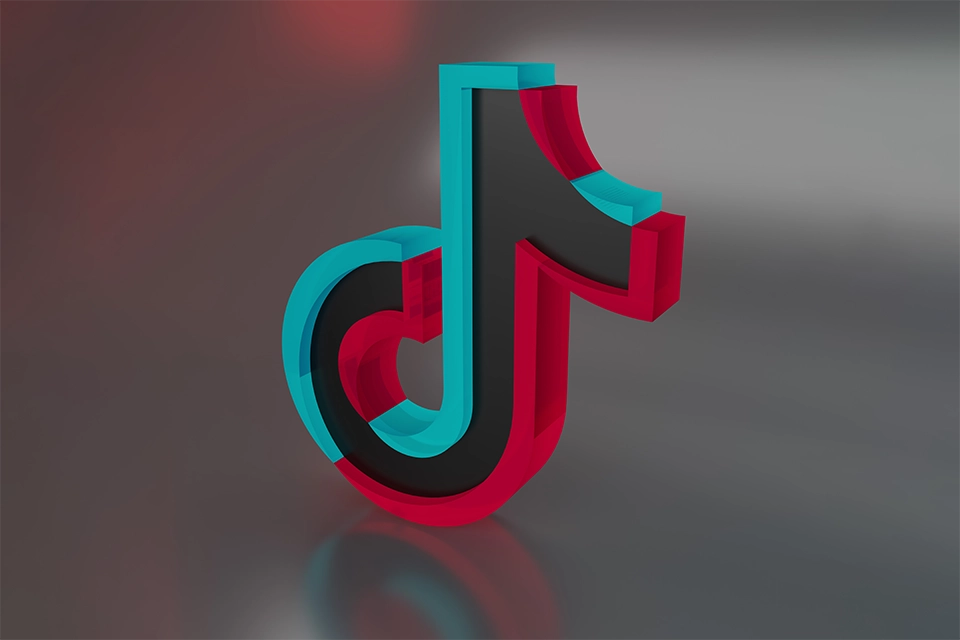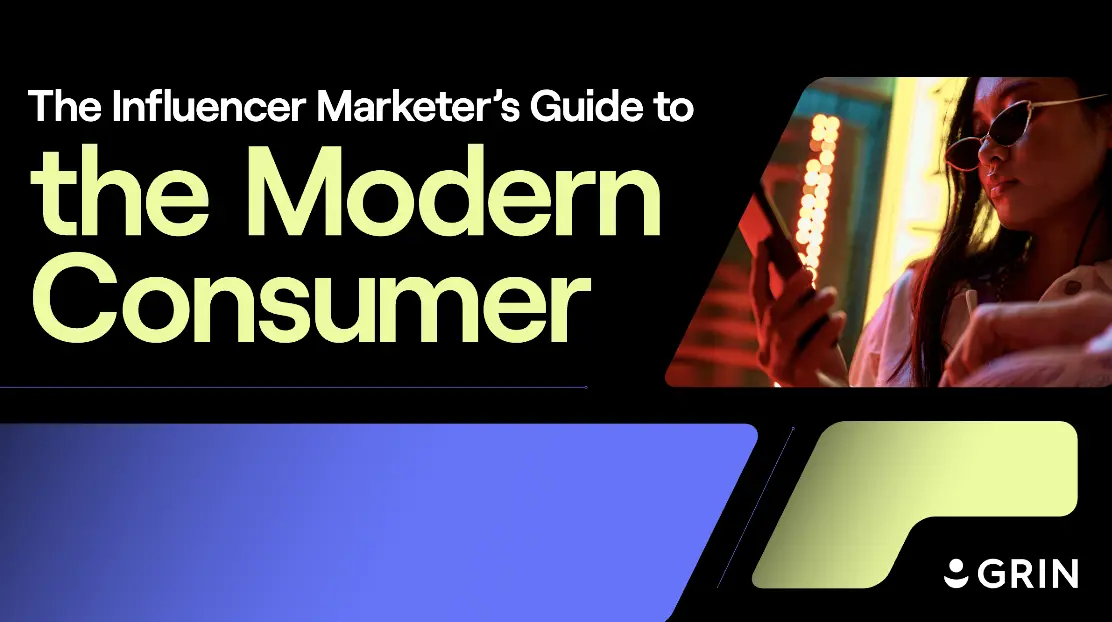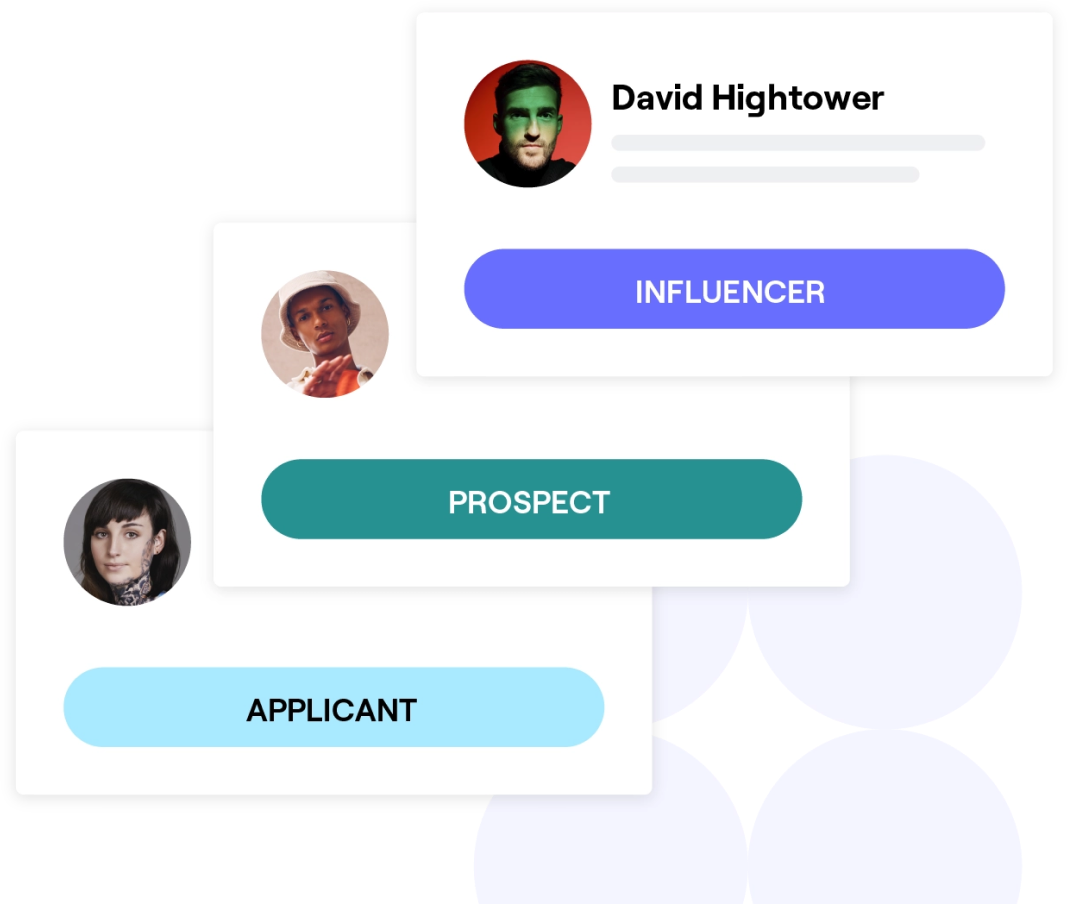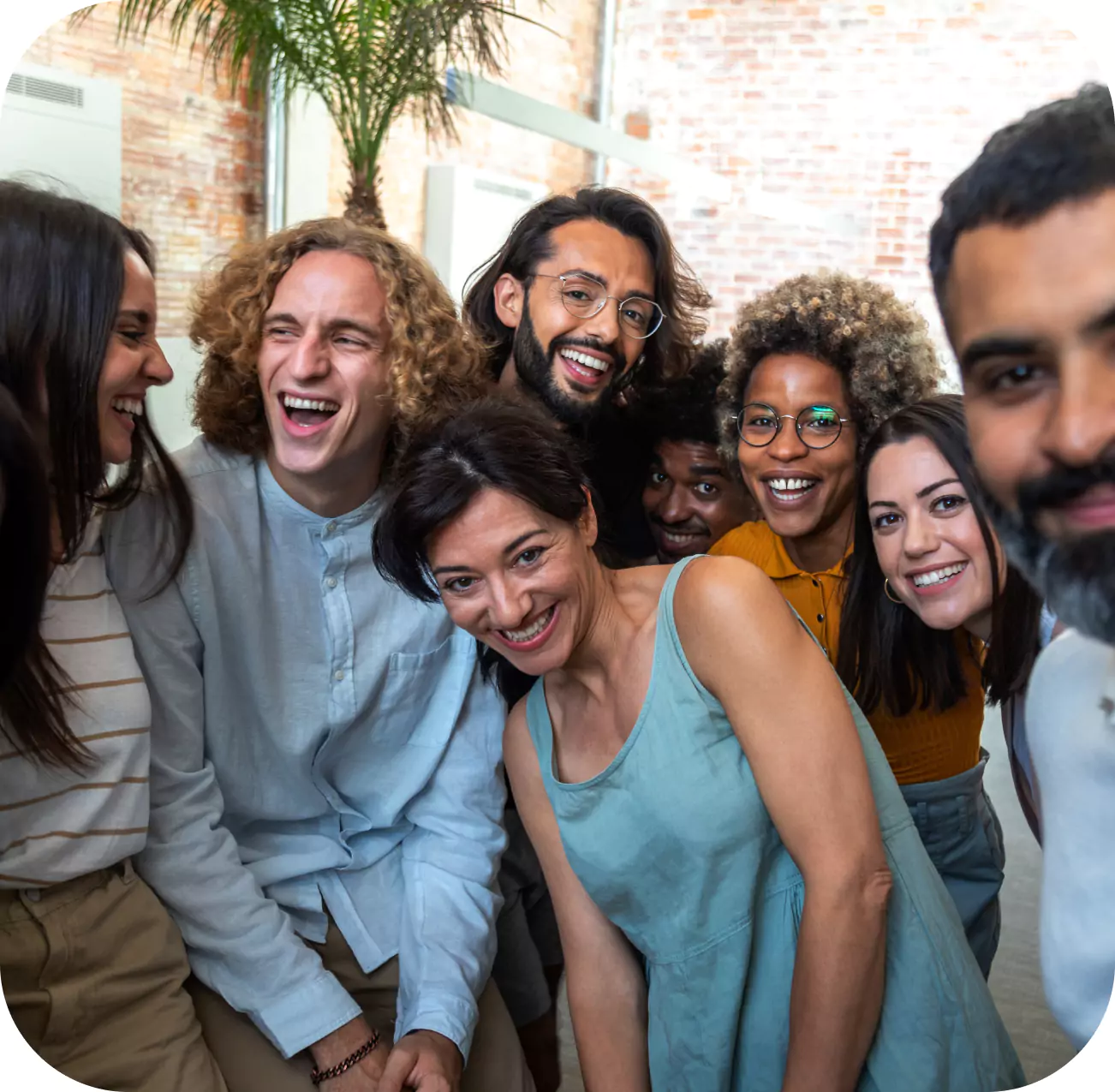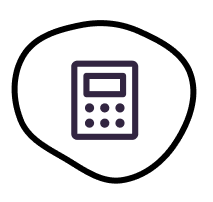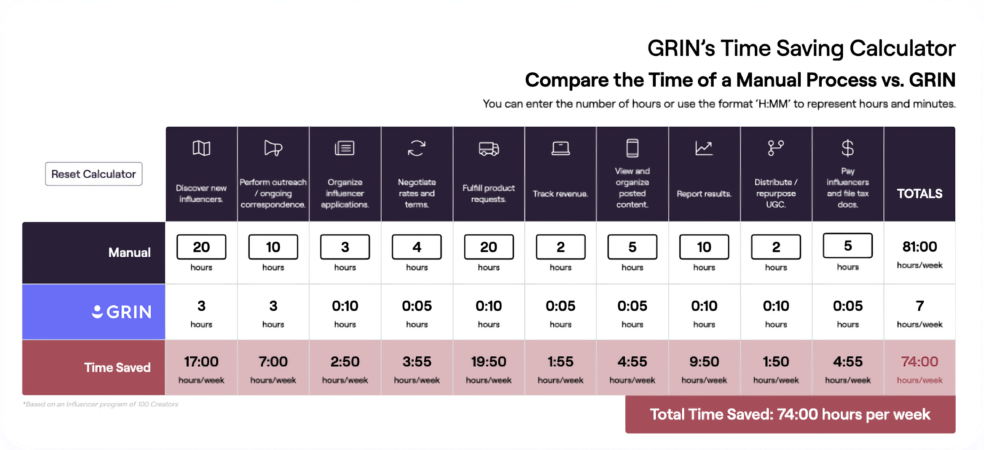Finding one’s way through the increasingly complex world of social media and content platforms can seem daunting, especially when working with something as subjective as music. However, if music has proven anything over the years, it’s that it is versatile at adapting to new technologies and media. There are many ways to mix music and marketing, and they all respond to your identity.
Today, we’d like to share an overview of digital marketing for musicians, a complete guide for taking over digital marketing for artists without losing your sound along the way. We’ll provide a few pointers that aim to open up your music to new listeners, and we’ll take a page from the influencer’s notebook to bring life to your online presence.
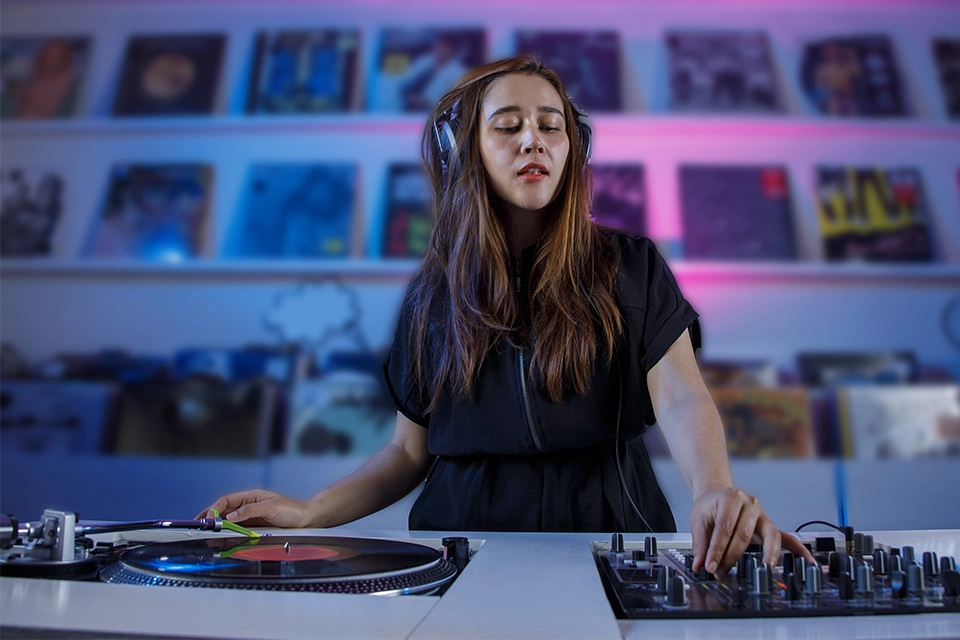
Music and marketing basics
Establish your online presence.
You’ve probably heard it before: We all leave a mark online. Whether it’s our search history or the stuff we post, it’s all part of our online identity. As a creator, your online presence refers more often to the latter. Music marketing is all about this basic principle.
A website can go a long way in providing a foothold. It serves as a business card for anyone interested in you and your music. It’s an excellent spot to share your story and any insights you want to share with your audience regarding the growth of your music. It also provides an ample opportunity to treat your creation and yourself as an artist as a brand.
Branding is nothing new. For many years, it has allowed many artists to keep control of their image and sound. The extent of this is entirely up to you, but bear in mind that even the notion of “ Queen is what we say is Queen” is also a form of branding.
Determine your branding.
Establishing a brand can be simple and fun. The trick in digital marketing for musicians is to keep it consistent. A strong brand helps your audience identify you while on mute and provides guidelines for the kind of things you will and will not play. It’s how you communicate the story of what you’re trying to do to the world at large.
History is filled with great examples of excellent branding. Marshmello built a following around his DJ chops and the cross-eyed marshmallow mask they wear. Glam rock band KISS stood out from its competitors through carefully tailored makeup for each member—as well as Gene Simmons’ tongue. Mexican alt-rock band Austin TV caught the attention of many through their iconic leaf masks in the early 2000s.
In music and marketing, your brand can be as simple as a logo you take everywhere or as complex as full-on installations that precede your concerts. Finding it is up to you. Here are a few ideas from product marketing at large that may help.
Why do you play? How does your music reflect your identity? What’s your sound? Don’t be afraid to build from existing brands. As an artist, you know it’s not really stealing if you make it your own and put your own twist. Define a set of values that you identify with and stay true to them.
Are you OK with Go’s fun and visual experimentation? Are you Taylor Momsen’s dark and brooding artiste? Are you Slipknot’s dangerous darkness? Are you Sufjan Stevens’ basement compositions?
Most importantly, what does that look like to you? Having a clear answer makes the difference when third parties handle marketing for bands.
Many of the things we’ll cover today will help you build a brand, so be on the lookout.
Create a strong website
A strong website is the backbone of digital marketing for artists. Your website is more than a collection of clicks. It’s a spot for your followers to know when and where they can find you if you are on tour and for them to find new releases that may not be available otherwise. It’s the center of operations for every single song. It is a cornerstone of digital marketing for musicians.
Your website can also host your media appearances. Were you interviewed? Are you part of a playlist? Did you make music for an ad or a short film? These kinds of updates can bring you closer to your audience, making them part of your journey.
Dealing with merchandise can be confusing, especially when working with third-party providers, not to mention an investment. A website gives you room to keep control of merchandise sales, leaving you in control of inventory and most of the revenue.
It’s a hub for everything that you do, including alternate content you may share. We’ll talk about this in deeper detail in a moment.
Involve your community.
Artists have built communities since the beginning. Nowadays, the rise of social media and the internet has made managing and quantifying fans and followers a lot easier. However, as any marketing professional will tell you, it’s about more than just numbers.
In terms of digital marketing for artists, your followers are more than potential customers. They are interested in your creations and your story as an artist. They care passionately about you and what you do. We have to treat them as such.
Nurture your relationship with your community constantly. Offer discounts or sneak peeks into your process. Make them a part of your creativity, and watch their loyalty grow.
We highly recommend setting up social media specific to your art. A strong Instagram or TikTok account allows your followers to interact with you directly, the backbone of music marketing. We all know they are a great spot to share news, but they are also an excellent venue for your creativity to shine in your posts. There’s no wrong answer about what you post; what matters is that you do.
You can also set up a monthly subscription program. The reward can be simply content as thanks for their support. This kind of program benefits them, but they mostly provide you with two of the most crucial things as a creator: consistency and constancy.
Release often.
Building up from the notion of community, nothing will make your fans happier than a new release—even if it’s a new version of the same song. We all already know this isn’t the album version. Still, every full-length collection is made up of smaller ideas and recreations. The relationship between music and marketing relies on constant presence.
Ideally, you’ll have high-production and full-length tracks, but not necessarily. A short video of you riffing or an acoustic version of a song people already know is sure to catch interest.
Bring together a clean EP and share it online. Cover your friend’s song—with their permission or credit. Play something classic or your own take on a song from a different genre.
Don’t be scared of sharing your music with other creators. Gamers, visual artists, dancers, mini painters, everyone can benefit from your new song. It’s up to you to decide how to market music on social media.
Unleash the power of the electronic press kit (EPK).
An electronic press kit may sound like homework, but it’s one of the most useful ways to spend a couple of hours. This document includes information about you and your music readily available for press outlets and industry professionals. Due to its electronic, quick nature, an EPK is the best place for musicians to start digital marketing.
There’s no ruleset for what has to be in an EPK, but there are a few suggestions for best practices. Your bio, music, photos on and off the stage, upcoming gigs, and contact details are basics. You can also bring in some more technical information if you consider it relevant or press clippings.
This may seem similar to the website, but there are a few simple differences. An EPK is a quicker experience you can share over email. It eliminates any need to navigate a website and focuses on the important things up front. On the other hand, the website is a full-on platform; it will be more convoluted but a far more complete experience for the visitors.
The choice is yours, but we’d suggest going for both if you can.
Pitch for playlists.
Music platform playlists have taken the place of the top 40 list of the olden days; they are both public music marketing collections. They have opened a venue for DJs, critics, and music connoisseurs to share what they think is worth listening to. Here are a couple of guidelines for getting your music in there.
First off, pick the right playlist. There are a few more recognized ones on each platform, but the music industry has grown far more democratized in recent years. Find out who curates your favorite playlist and reach out to them with an EPK ready to go. Has your community suggested any? Go to them!
Approach with confidence and take a page from screenwriters: act as if you’ve been here. Take a look at each platform’s guidelines for pitching; for all you know, you already have everything you need.
Remember: when pitching, “no” usually means “not now” or “not with me.” Don’t let it discourage you.
Contact local radio stations and podcasts.
You can also approach radio stations with your music. This may be tricky on the bigger, more established outlets, but there’s a lot to be said about smaller or even online stations. The pitching process is similar to playlists, but the format is different.
A station or a podcast can offer their microphones for interviews and space events. College radio is often more experimental with the content they broadcast, as are podcasts. They may not reach the number of listeners of more established stations, but they’re a great place to get the ball rolling in matters of digital marketing for musicians.
Radio is also a great relationship to have. If things go well, they’ll happily echo any news and upcoming concerts. They’re present at festivals and may be open to impromptu interviews.
Build a strategy.
Once you have enough funds, start thinking about your release and music marketing strategies, especially as you get ready to drop more official content.
Your social media presence is an excellent starting block, but make use of the other tools we’ve talked about so far. Share an updated EPK with radio stations and industry professionals. Let your musician friends know about your upcoming news. Keep your website updated to serve as a landing page.
If you can, invest in PR and let them take care of it.
Experiment with live-streaming.
Live-streaming is an excellent tool for special events with your community. It lets you respond in real-time to a chat you moderate, transforming the experience for you and them. It also allows you to expand your brand beyond digital marketing for musicians.
Artists like JoPlaysViolin, who performs live with different artists in Nashville, TN, take advantage of their scheduled live sessions to make multi-instrument loops. You can also make a special event where you take suggestions on what to play. Just be sure you’re on the lookout for legal requirements on whichever platform you choose.
You can also follow com_poser’s example and make even wider use of your streaming. He, for instance, composes live for a number of followers, but every now and then, he’ll put on his gaming streamer hat and shake up his content.
Technical needs depend entirely on your genre. Acoustic sets are easy to put together, while more complex compositions may take a bigger investment.
Play live (in person) whenever you can.
This is where all of our lessons about digital marketing for musicians come together. Live concerts are where you can really see the extent of your reach. Here are a few things to consider when putting together a show.
Consider the space. Bigger spaces are more impressive, but they look emptier when fewer people attend. Ask yourself, additionally, what it is you want to achieve. Are you looking for a personal show that only some people can attend or a bigger gig? Do you want to open for a band or do your own show?
Concerts are a considerable investment, so make sure you have a strategy. Develop a complete EPK. Make noise in your social media outlets. Reach out to radio stations and influencers. Get a couple of interviews. Keep the buzz alive.
Key takeaway: successful music marketing ensures you’re always top of mind with your community.
Making yourself known as an artist is complicated, but you can make the most of it by staying present in people’s minds. Whether you nurture a community of listeners on TikTok or hop from station to station any given week, it’s important to stay at the top of your audience’s mind. We hope today’s tools help you reach your goals and sell every single ticket and t-shirt.
Are you ready to stake your claim in the creator economy? Discover more helpful tips and resources from the experts at GRIN: Creator Management Learning Center


